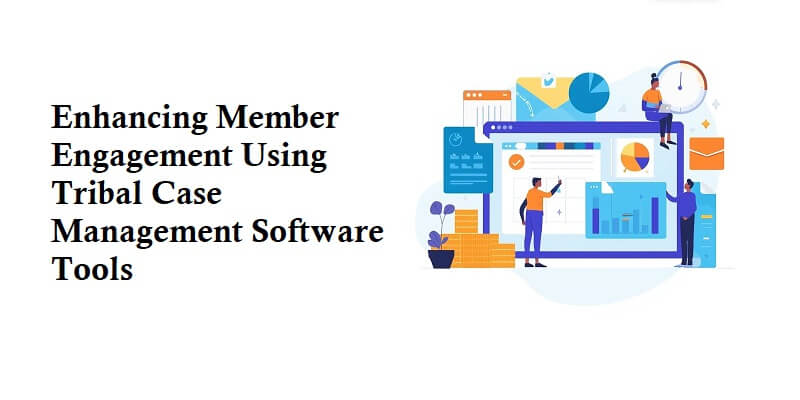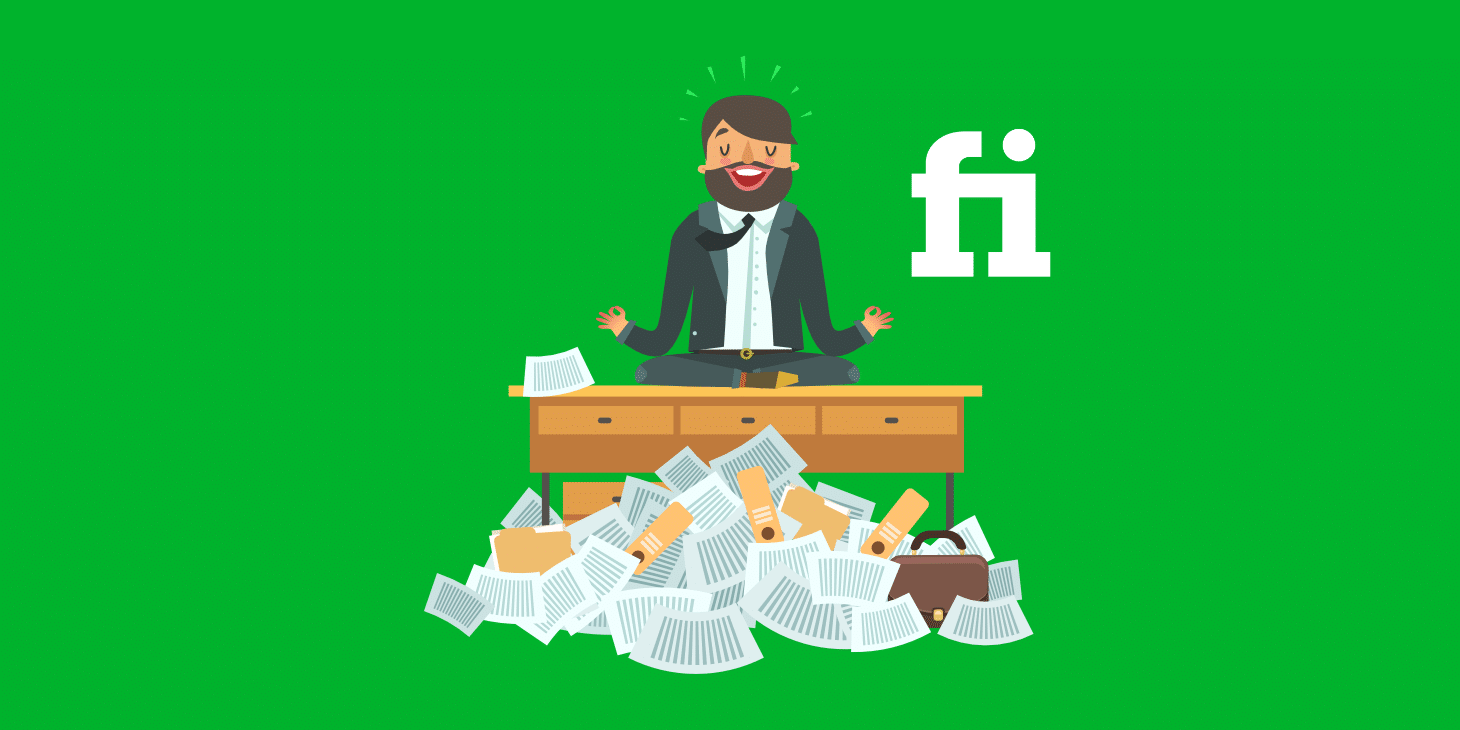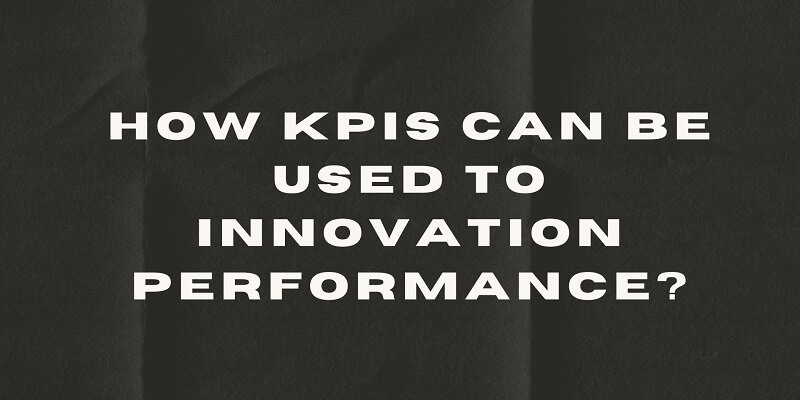A community member walks into your office. You smile, pull up a chair, and ask, “So, how can we help today?”
But you already know what’s coming. The sigh. The frustration. The retelling of their story—for the fifth time, because your housing data lives in one folder, your healthcare notes in another, and your education referrals… well, who even remembers where those went?
This is the breaking point. Not for you—for them. Because nothing says disengagement like making someone repeat their trauma just to access basic support.
Here’s where tribal case management software changes the equation. It’s not just tech. It’s a bridge to stronger trust, deeper engagement, and care that reflects the whole person, not just a service log.
One Profile, Not Fifty Paper Trails
Let’s be blunt: scattered records are an engagement killer.
Modern systems create one living member profile that holds everything—housing, healthcare, education, wellness programs, even kinship ties. All in one place. All secure. And also All up to date.
Imagine being able to say: “We’ve got your history here—let’s pick up where we left off.” That’s not just efficient. That’s respect.
Configurable, Because Cookie-Cutter Doesn’t Work
Here’s a thought: why should your programs squeeze into rigid boxes designed for someone else’s community?
Configurable software means you can:
- Track cultural programs, like language preservation or wellness circles.
- Document family and kinship networks in ways that reflect tradition.
- Define outcomes that your community values—not generic government metrics.
Flexibility isn’t a bonus. It’s survival. Because if your system doesn’t reflect your people, your people won’t engage with your system.
Meet Them Where They Are (Literally)
Engagement doesn’t just happen in offices. It happens at kitchen tables, in schools, during events at the community center.
That’s why mobile access matters. Caseworkers can:
- Pull up records on a phone or tablet.
- Capture notes in the field, even offline.
- Sync everything securely once connected.
It’s a simple equation: the more accessible your tools, the more accessible your staff. And when staff can meet members where they are, engagement feels natural—not forced.
Confidentiality Isn’t Optional
You know what destroys engagement faster than anything? Breaches of trust.
If members believe their information isn’t safe, they’ll clam up. And honestly, who wouldn’t?
The right tools protect that trust with:
- Role-based access so only the right eyes see sensitive data.
- Encryption from end to end.
- Audit logs that show exactly who accessed what.
Confidentiality isn’t bureaucracy. It’s the foundation of trust. And trust is the foundation of engagement.
Show Progress Back to the Community
Engagement doesn’t stop at intake. It grows when members see impact reflected back.
Robust reporting lets leaders:
- Share outcomes across housing, health, education, and cultural programs.
- Celebrate progress transparently.
- Build stronger funding proposals with real evidence.
When communities see their voices turning into visible results, engagement isn’t just maintained—it multiplies.
Final Word: Tribal Case Management Software Tools
At the end of the day, engagement isn’t about checklists or reminders. It’s about respect. Respect for people’s time, their privacy, their culture, their stories.
The right tribal case management software doesn’t just make operations smoother—it shows members they matter enough to deserve better systems.
Because the best way to enhance engagement isn’t by asking members to show up again and again—it’s by showing you’re already listening.


